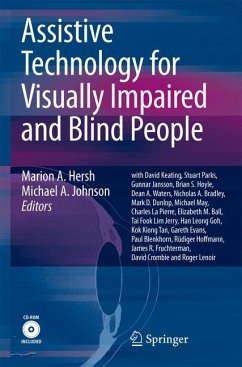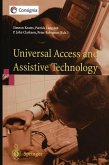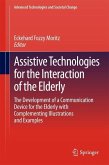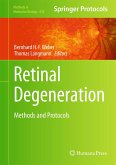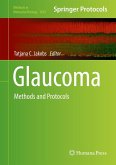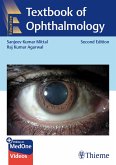Equal accessibility to public places and services is now required by law in many countries. For the vision-impaired, specialised technology can provide a fuller enjoyment of the facilities of society, from meetings and public entertainments to reading a book or making music. This volume explores engineering and design principles and techniques used in assistive technology for blind and vision-impaired people. Features include instruction in the physiology of the human visual system and methods of measuring visual ability; explanation of electrical engineering principles of devices designed for everyday living; practical projects and investigations which inspire student work and self teaching; contributions by renowned authors from diverse fields under the banner of assistive technology: artificial vision, psychology, haptics, electrical engineering, design and visual physiology. This book is a source of reference for professionals who develop devices and services for people with sight loss, and for students working in assistive technology and rehabilitation.
Dieser Download kann aus rechtlichen Gründen nur mit Rechnungsadresse in A, B, BG, CY, CZ, D, DK, EW, E, FIN, F, GR, HR, H, IRL, I, LT, L, LR, M, NL, PL, P, R, S, SLO, SK ausgeliefert werden.

